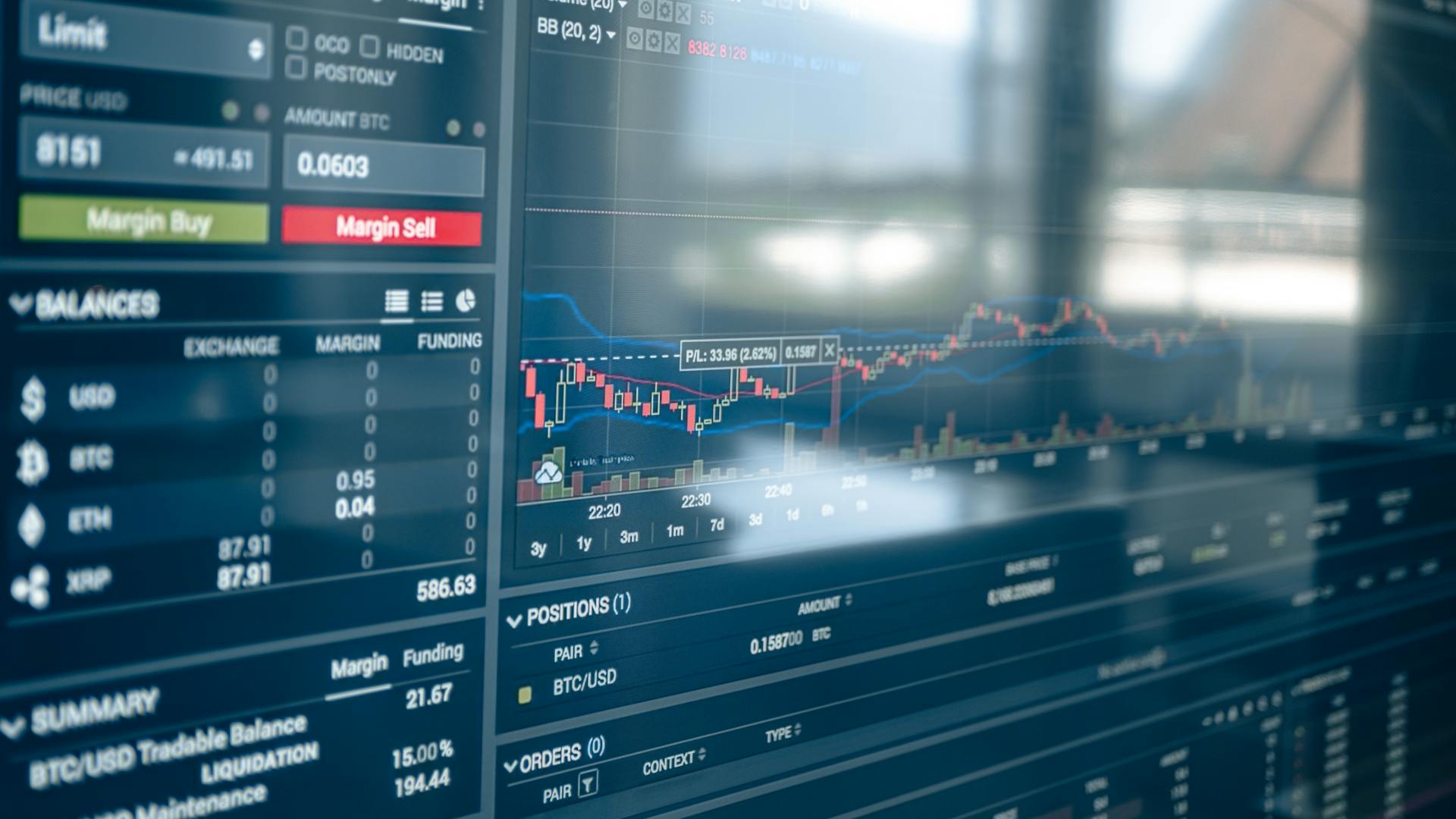The unprecedented global outbreak of the Coronavirus pandemic in 2020 sent shockwaves through every facet of society, including the financial markets. The forex market, intricately linked to global economic activity and investor sentiment, was particularly susceptible to the pandemic’s disruptive forces. This article examines the profound impact of the pandemic on the forex market, exploring how it triggered significant volatility, disrupted established trading patterns, and forced traders to adapt their strategies in an ever-evolving landscape.
Initial Impact on Forex Trading
The initial impact of the coronavirus pandemic on forex trading was swift and severe. As news of the virus spread globally, uncertainty and fear gripped the financial markets. Investors rushed to reassess their positions, leading to heightened volatility in currency markets. Currencies of countries most affected by the virus, such as China and Italy, experienced sharp declines, reflecting concerns about economic stability and growth prospects.
At the same time, safe-haven currencies like the US dollar and Japanese yen saw increased demand as investors sought refuge from the turmoil. The rapid fluctuations in exchange rates created challenges for traders, who had to quickly adjust their strategies to navigate the uncertain environment. Overall, the initial impact of the pandemic underscored the interconnectedness of global markets and the importance of risk management in forex trading.
Market Volatility and Forex Trading
Market volatility during the coronavirus pandemic had a profound impact on forex trading, creating both challenges and opportunities for traders. Here are some key aspects to consider:
Challenges:
- Increased Risk: Heightened volatility meant greater uncertainty and risk for forex traders. Sudden and significant price movements made it difficult to predict market direction accurately.
- Liquidity Concerns: During periods of extreme volatility, liquidity in currency markets could dry up, leading to wider spreads and difficulty executing trades at desired prices.
- Emotional Stress: Managing positions in a volatile market can be emotionally taxing. Traders faced the pressure of making split-second decisions amidst rapid price swings, which could lead to impulsive or irrational behavior.
Opportunities:
- Profit Potential: Volatility creates opportunities for traders to profit from price fluctuations. Short-term traders, in particular, could capitalize on intraday swings in exchange rates to generate returns.
- Diversification Benefits: Some currencies, such as safe-haven assets like the US dollar and Japanese yen, tend to perform well during periods of market volatility. Including these assets in a diversified portfolio can help mitigate risk.
- Adaptation and Innovation: Volatile market conditions spur innovation and adaptation in the forex industry. Traders and brokers develop new strategies, tools, and technologies to better navigate turbulent waters and capitalize on emerging trends.
Overall, while market volatility presents challenges, it also offers opportunities for traders who can effectively manage risk and capitalize on price movements. Successful trading in volatile markets requires discipline, resilience, and a proactive approach to risk management.
Changes in Trading Behavior
| Before Pandemic | During Pandemic | Impact |
| Longer-term investments | Short-term trading | Increased volatility |
| Emphasis on fundamental analysis | Focus on technical analysis | Rapid decision-making |
| Reliance on traditional safe-haven assets | Exploration of alternative safe-haven assets | Diversification of portfolios |
During the coronavirus pandemic, significant shifts in trading behavior were observed as traders adapted to the volatile market conditions:
- Short-term Trading: Traders shifted from longer-term investments to short-term trading strategies to capitalize on intraday price fluctuations. The rapid pace of market movements during the pandemic favored shorter holding periods.
- Focus on Technical Analysis: With increased volatility and unpredictable market behavior, traders relied more on technical analysis techniques such as chart patterns, indicators, and algorithms to inform their trading decisions. Technical analysis provided valuable insights into short-term price movements.
- Diversification of Portfolios: Traditional safe-haven assets like the US dollar and gold remained popular during the pandemic, but traders also explored alternative safe-haven assets such as cryptocurrencies and certain commodities. Diversifying portfolios helped mitigate risk and offset potential losses in volatile markets.
These changes in trading behavior reflect the adaptive nature of traders and their ability to pivot strategies in response to evolving market conditions. By embracing new approaches and diversifying their portfolios, traders sought to navigate the challenges and capitalize on the opportunities presented by the pandemic-induced volatility.
Role of Central Banks and Governments
Central banks played a pivotal role during the coronavirus pandemic, implementing a range of monetary policy measures to stabilize financial markets. Interest rate cuts were a primary tool used to stimulate economic activity and encourage borrowing. Central banks, including the Federal Reserve and the European Central Bank, also engaged in quantitative easing, injecting liquidity into the financial system by purchasing government bonds and other securities.
Fiscal Interventions
Governments worldwide responded to the economic challenges posed by the pandemic through fiscal interventions. Stimulus packages, consisting of financial aid, grants, and loan programs, were deployed to support businesses and individuals. These measures aimed to bolster consumer spending, prevent widespread unemployment, and sustain overall economic activity. The collaboration between central banks and governments became crucial in mitigating the adverse effects of the pandemic on financial markets and the broader economy.
Shift in Currency Trends
Amidst the coronavirus pandemic, significant shifts in currency trends were observed as global economic dynamics evolved. Here are some key aspects of this shift:
- Flight to Safety: Traditional safe-haven currencies like the US dollar and Japanese yen experienced increased demand during times of uncertainty. Investors sought refuge in these currencies due to their perceived stability and liquidity.
- Emerging Market Vulnerabilities: Currencies of emerging market economies faced heightened volatility and depreciation pressures as investors retreated to safer assets. Economic vulnerabilities, including high debt levels and reliance on commodity exports, exacerbated currency weakness in some emerging markets.
- Digital Currency Exploration: The pandemic accelerated interest in digital currencies, such as Bitcoin and other cryptocurrencies, as alternative stores of value. Some investors viewed digital assets as a hedge against traditional currency devaluation and inflation risks.
- Commodity Currency Fluctuations: Currencies of commodity-exporting countries, including those tied to oil and other commodities, experienced significant fluctuations in response to commodity price movements and shifts in global demand.
- Geopolitical Tensions: Geopolitical tensions, including trade disputes and political uncertainty, influenced currency trends as investors monitored developments and adjusted their positions accordingly.
Overall, the pandemic-induced shift in currency trends highlighted the interconnectedness of global markets and the importance of understanding macroeconomic factors in forex trading. Traders who remained adaptable and well-informed were better positioned to navigate the evolving landscape of currency markets.
Long-term Effects on Forex Trading
The coronavirus pandemic has left a lasting imprint on the forex market, with several profound changes expected to shape its landscape in the years to come.
Economic Structural Changes
The pandemic has accelerated pre-existing trends and triggered structural changes in the global economy, which are likely to have long-term implications for forex trading.
- Global Supply Chains: The pandemic exposed vulnerabilities in global supply chains, leading to reassessments of sourcing and production strategies. Changes in trade patterns and supply chain dynamics could impact currency correlations and trading opportunities.
- Remote Work and Digitalization: The shift towards remote work and increased digitalization of business processes may have lasting effects on productivity, consumer behavior, and economic growth. Forex traders will need to monitor trends in digital currencies and online payment systems.
These economic shifts will require traders to adapt their strategies and stay attuned to evolving market dynamics to remain competitive.
Regulatory and Policy Shifts
As governments and regulatory authorities respond to the lessons learned from the pandemic, changes in regulations and policies are anticipated to shape the forex trading environment in the long term.
- Financial Regulation: Governments and regulatory authorities may implement new regulations or amend existing ones in response to lessons learned from the pandemic. Changes in regulatory frameworks could affect trading practices, leverage limits, and access to certain markets.
- Monetary Policy Normalization: Central banks may gradually unwind the monetary stimulus measures implemented during the pandemic as economic conditions improve. Traders will need to monitor interest rate decisions and forward guidance from central banks for insights into future currency trends.
Navigating these regulatory and policy shifts will require vigilance and adaptability on the part of forex traders, as they seek to capitalize on emerging opportunities while managing risks effectively.

